The Saint Louis Zoo WildCare Institute has conducted field surveys throughout the country of Armenia for over a decade. These important studies provide vital data for the conservation of several endangered species of reptiles, with an emphasis on the Armenian viper.
In September 2019, we traveled to Armenia to survey for vipers and to assist with the grand opening of the new Armenian Conservation Breeding Center. This new center and the Armenian conservationists who are caring for these animals are really amazing and we're so proud to be a part of it. Read on to learn more about this critical facility.
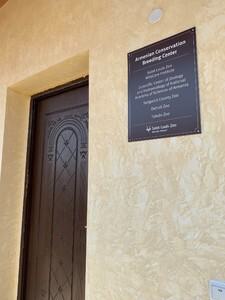
First-Ever Armenian Conservation Breeding Center
Reptiles and amphibians on the brink of extinction in Armenia are getting some critical assistance with the creation of the country's first-ever conservation breeding center for these species — and the Saint Louis Zoo WildCare Institute was instrumental in its establishment.
The new Armenian Conservation Breeding Center, located in one of the world's top biodiversity hotspots of Caucasus and near the Armenian capital of Yerevan, celebrated its grand opening and official dedication on September 16, 2019. Herpetology staff members from the Saint Louis Zoo, along with partner conservation organizations in the U.S. and Armenia, were on hand for the dedication of the facility.
"This is a huge step for Armenia's reptile and amphibian conservation. Species that are often overlooked are getting much needed attention," said Mark Wanner, Director of the Saint Louis Zoo WildCare Institute Center for Conservation in Western Asia and Zoological Manager of Herpetology and Aquatics at the Saint Louis Zoo.
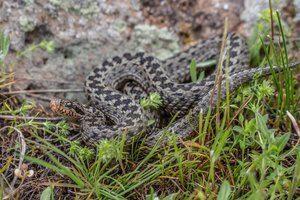
The Saint Louis Zoo has supported conservation and research in Armenia for over 15 years and is a recognized leader for its husbandry and breeding of the Armenian viper at the Charles H. Hoessle Herpetarium at the Zoo. The WildCare Institute and other conservation organizations contributed support through scientific expertise, as well as money to help build and operate this important breeding center.
"The center will focus on breeding vipers and reintroducing them into native habitats until populations are stable. Data from our research indicates that some populations of vipers in Armenia have declined to a point where human intervention, like this ex-situ breeding center, is necessary to prevent the species from going extinct. Through capacity building, strong collaborations, field research and education, we hope to help our Armenian partners self-sustain their conservation goals and protect these amazing animals into the future," said Wanner.
Two renowned Armenian herpetologists, Aram Aghasyan, Ph.D., and his son, Levon Aghasyan, Ph.D., oversee the breeding center. Dr. Levon Aghasyan, director of the breeding center, spent eight months in St. Louis in 2015 and 2016 learning proper husbandry and propagation methods for vipers at the Charles H. Hoessle Herpetarium at the Zoo.
"Aram and Levon are pioneers in Armenian herpetology and have made brilliant strides in saving Armenian wildlife," said Wanner.
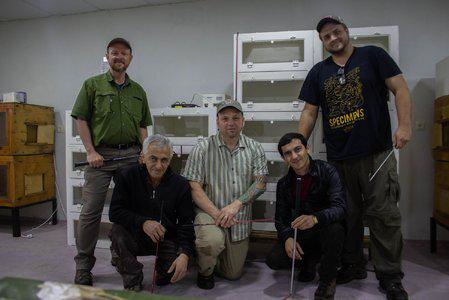
About the Breeding Center
The Armenian Conservation Breeding Center is currently housing 28 mountain vipers from three species in conservation need — the Armenian viper, Armenian steppe viper and Darevsky's viper. Future plans call for housing all 11 Armenian reptile and amphibian species that appear on the International Union for Conservation of Nature Red List of Threatened Species.
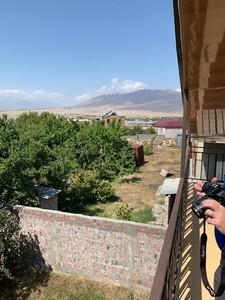
Researchers brought the group of snakes into the center from field sites where viper populations have declined in recent years due to habitat loss, livestock grazing and human persecution. Offspring born at the center will be raised by care staff to increase survivability in the wild and then released to their native habitat.
The 1,200-square-foot, three-story facility — a renovated dwelling built in the foothills of Mt. Aragats — takes advantage of the natural weather patterns for heating and cooling the building. The underground reptile and amphibian room cools naturally during the winter season, creating a hibernaculum where the animals go into brumation, or a hibernation-like state with periods of wakefulness. A hibernaculum is a key tool for breeding high-elevation mountain vipers. The facility also includes meeting rooms, offices, and bedrooms for visiting researchers and scientists. An outdoor area has several habitats for endangered tortoises and additional space for other priority species in the future.
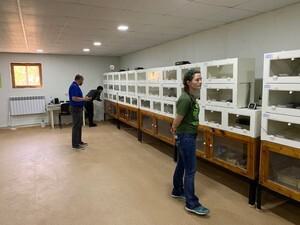
Capacity Building and the Future of the Breeding Center
The building is not open to the public at this time, but in the long-range plans, it could serve as an educational facility for people to visit and learn about wildlife, according to Wanner.
In the near future, the breeding center hopes to invite college biology students to study and possibly help with animal care. In 2020 Saint Louis Zoo veterinary and herpetology staff will develop and execute a reptile and amphibian workshop in Armenia focusing on treatment, disease, parasitology, pathology and minor surgery. This training will provide the breeding center with an in-country trained veterinary group to help with any medical needs that might arise.
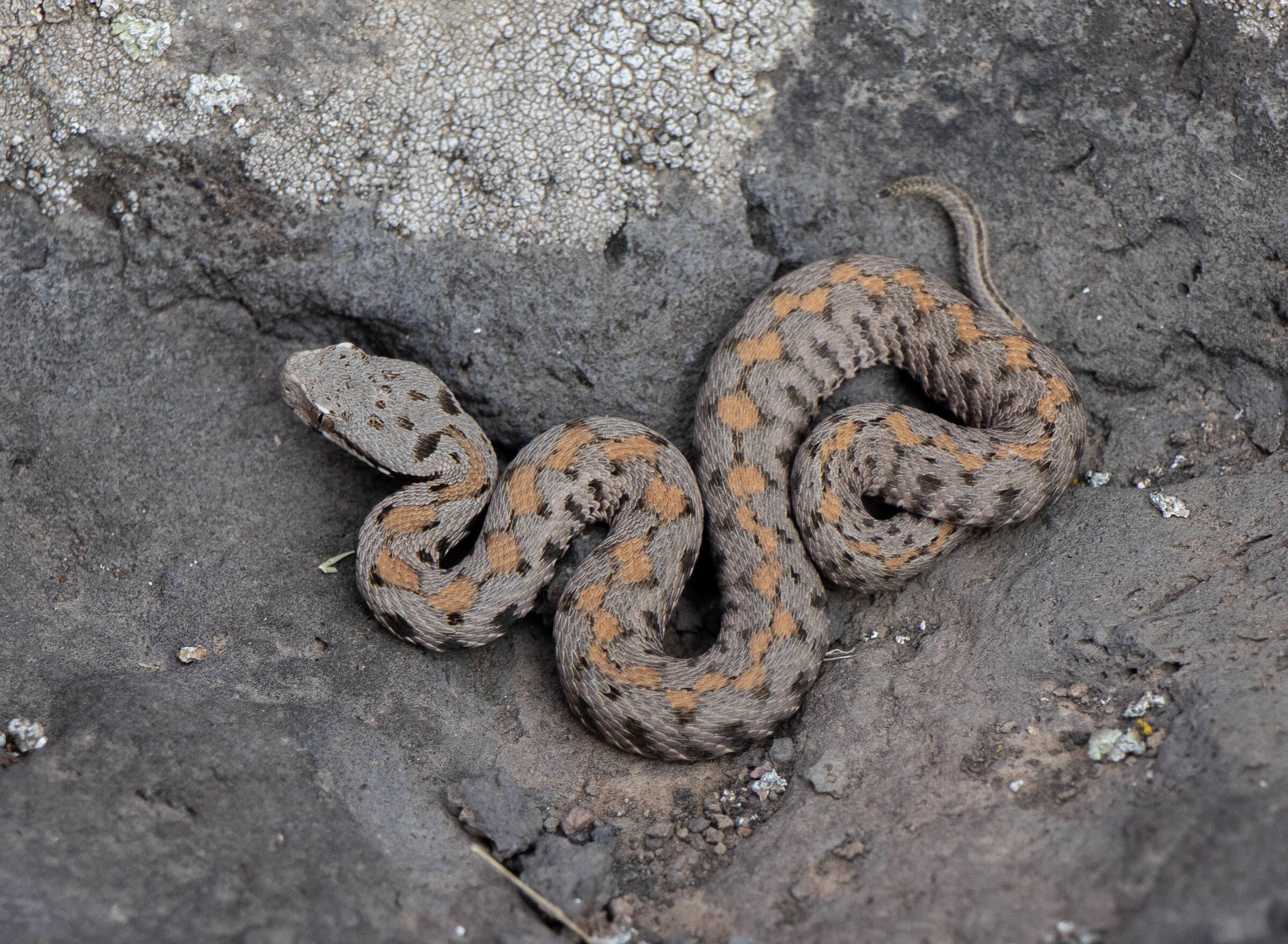
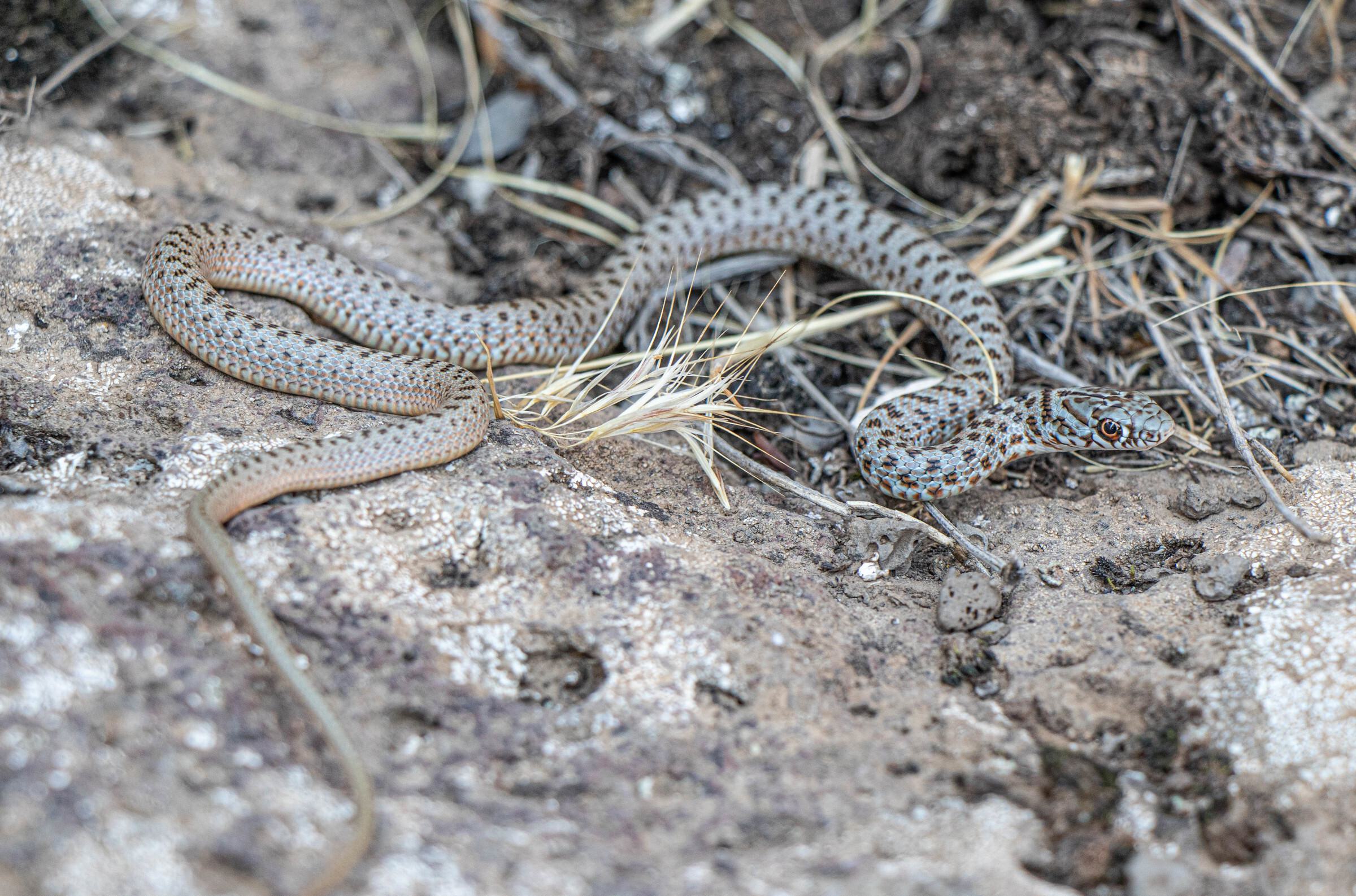
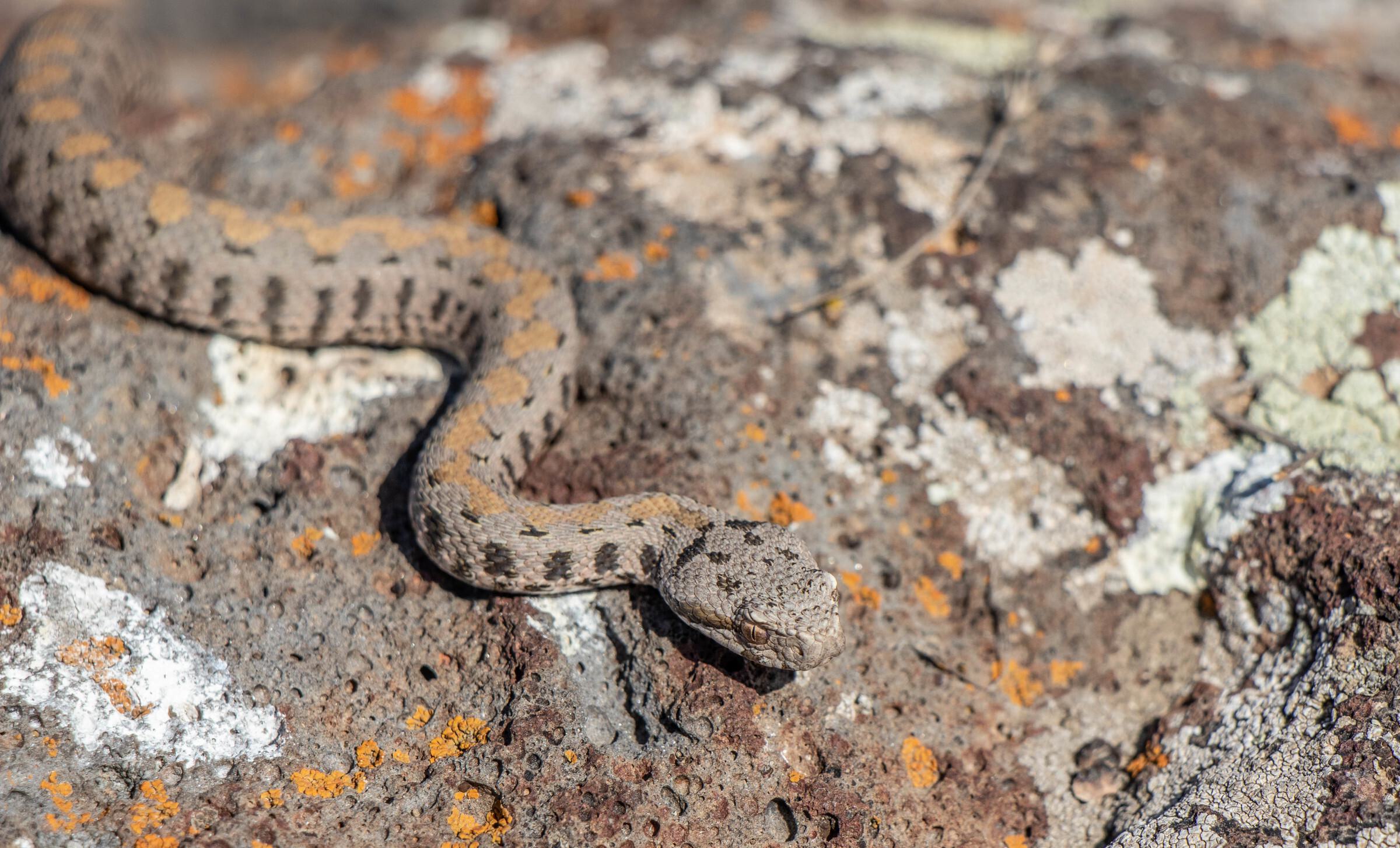
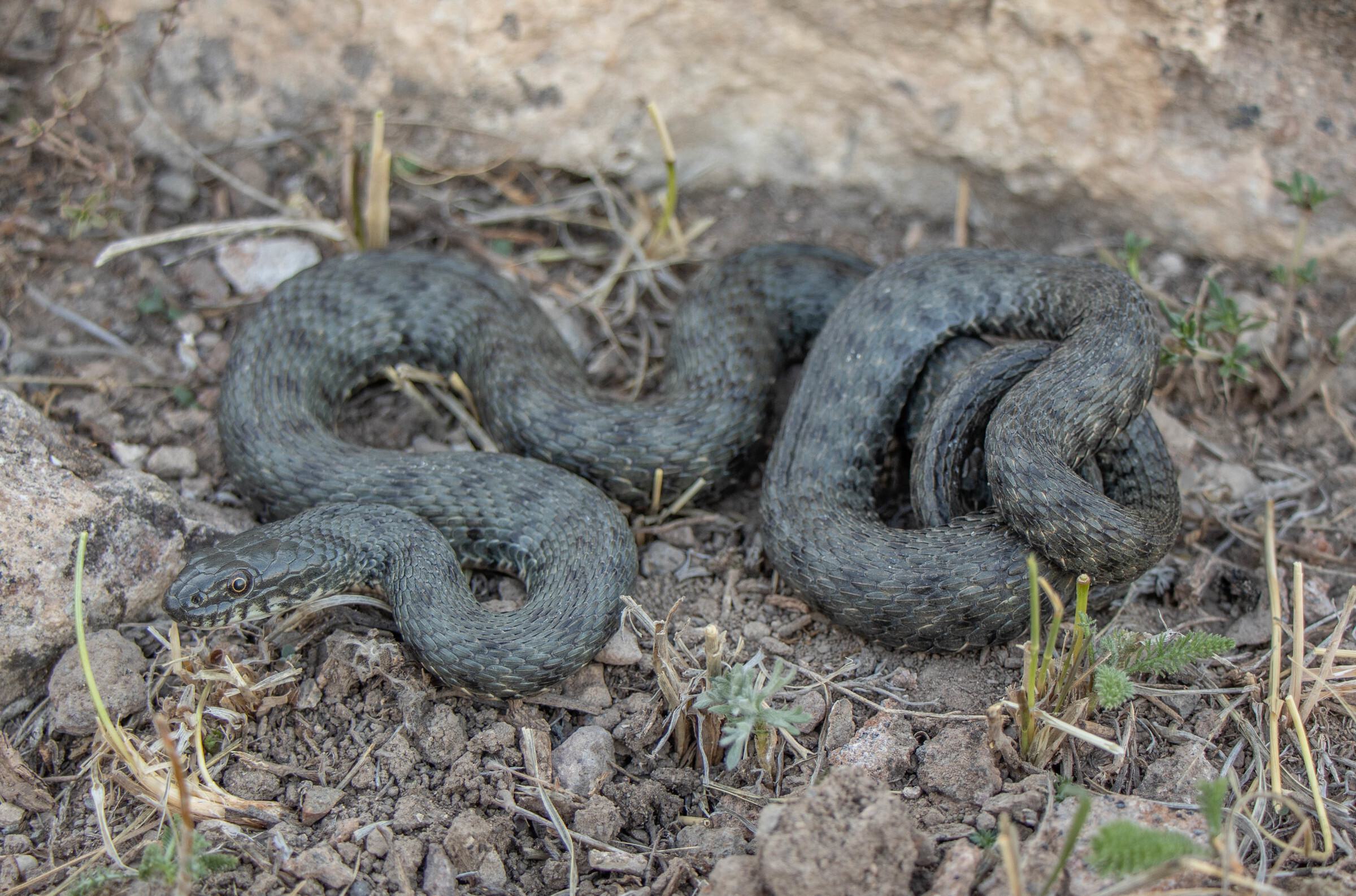
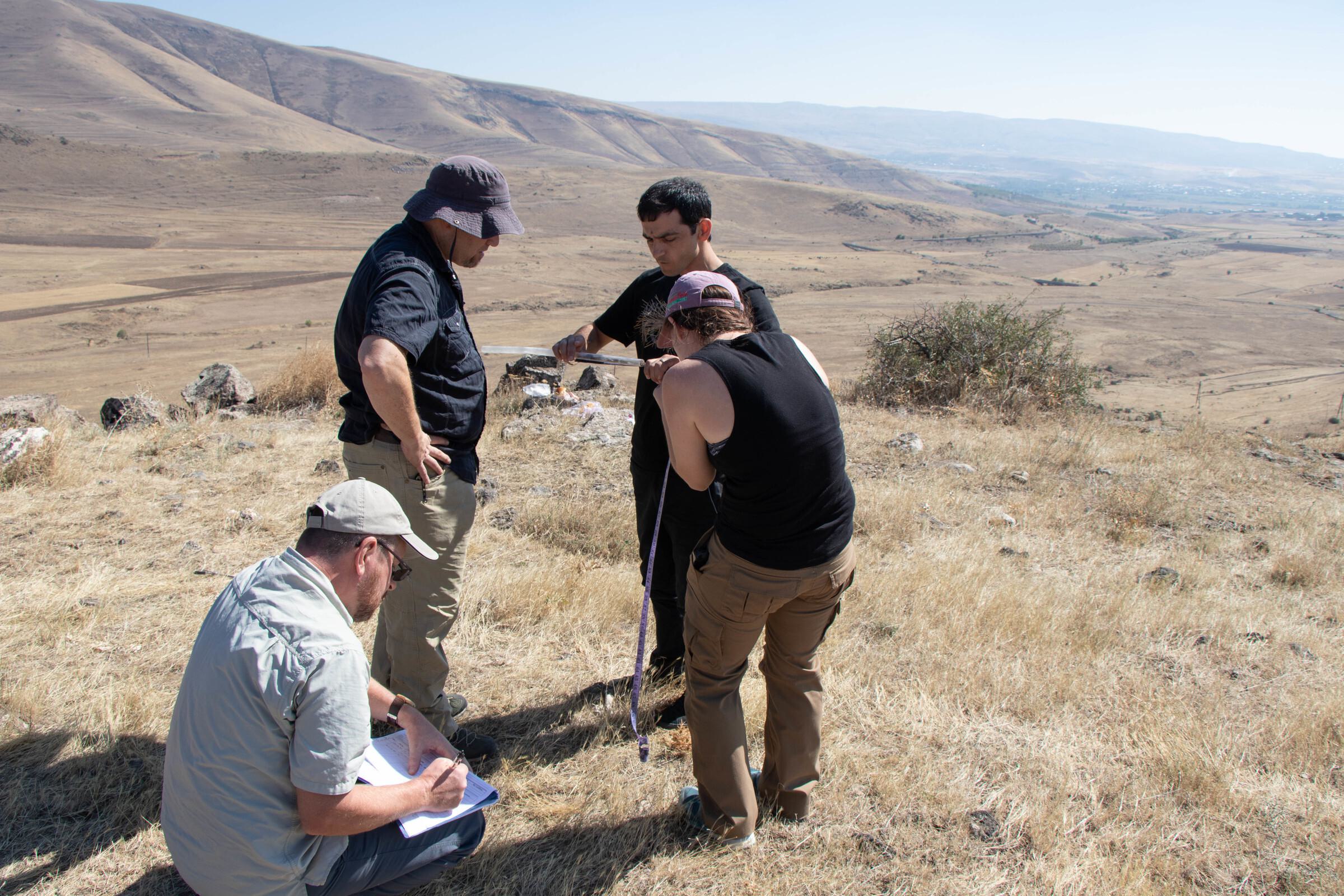
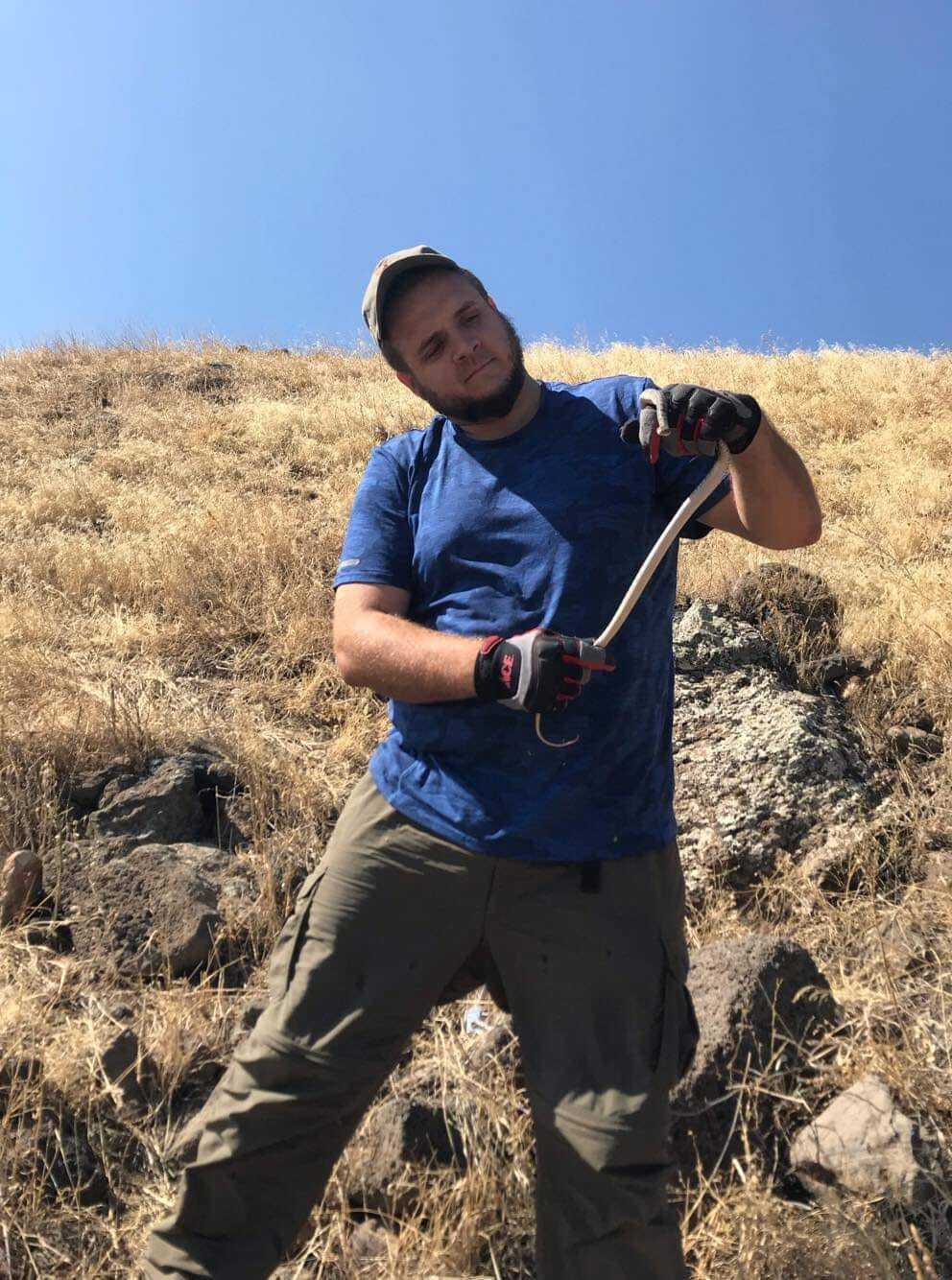
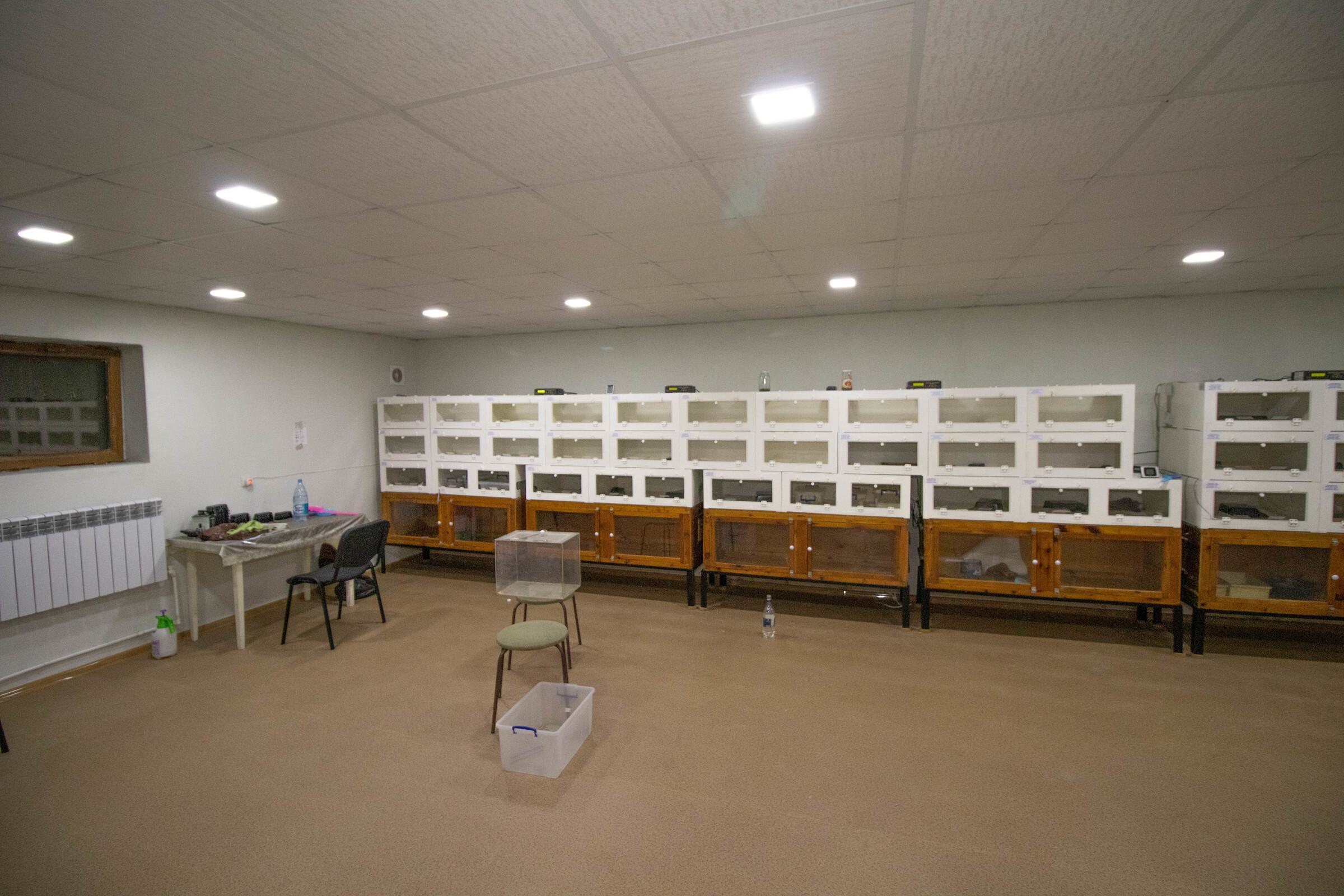
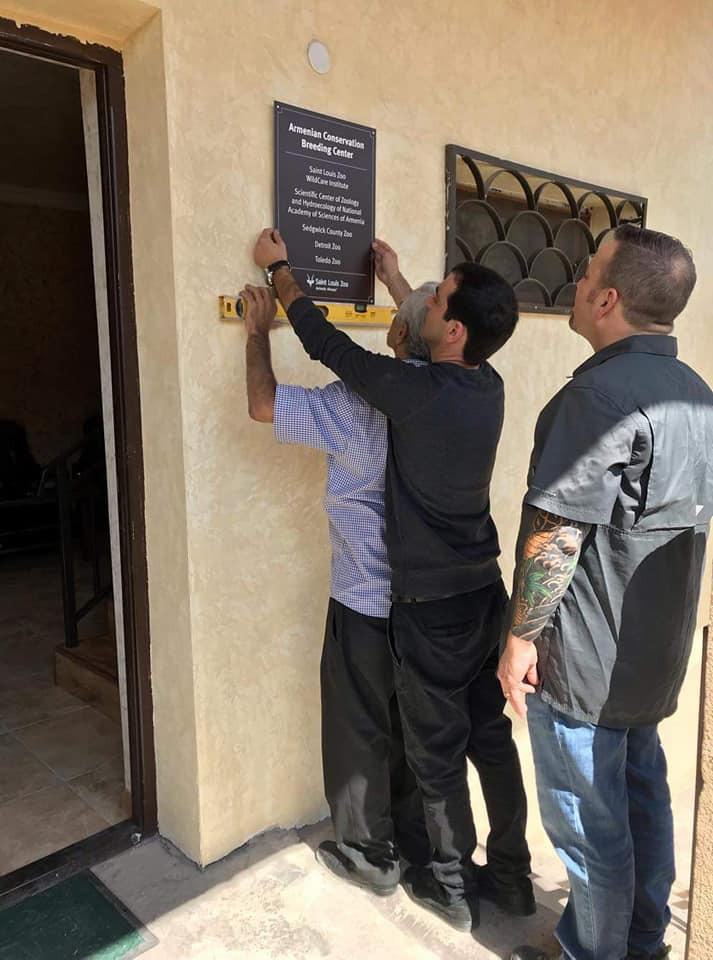
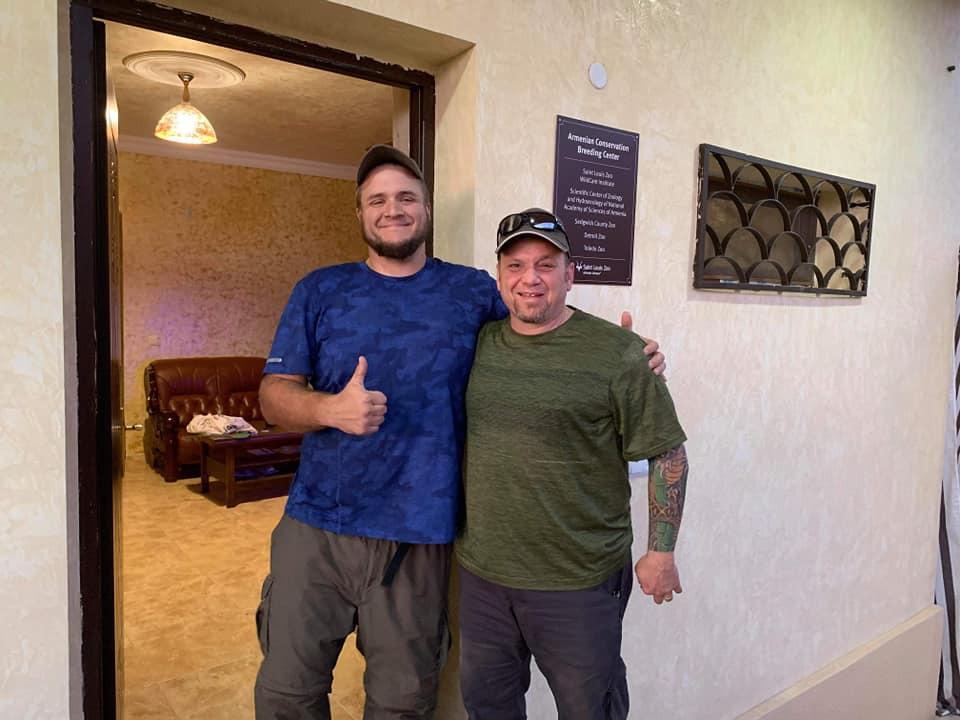
About Vipers in Armenia
Armenia is home to 58 species of amphibians and reptiles with an alarming 30 of those species listed as threatened. Eleven species — two amphibians and nine reptiles — that are only found in the Armenian Highlands and Lesser Caucasus Mountains are declining rapidly. In the past 20 years, the Armenian viper went from being considered "common" to experiencing an 88-percent decrease in population. Most of the mountain vipers have restricted habitats in rocky, mountainous areas. They are highly vulnerable to extinction due to overgrazing, agriculture and over-collection for the exotic pet trade, and they have unnaturally high mortality due to human persecution. Armenian vipers, Armenian steppe vipers and Darevsky's vipers belong to a group of mountain vipers found only in Armenia, Georgia, easternmost Turkey and northwest Iran. They are catalysts for managing rodent populations and serve as food for other animals in the food chain. These snakes fulfill the important role of eating rodents, which is natural environmental control and helps keep everything in balance to prevent outbreaks of disease.
About Conservation Partners
In a unique international collaboration, the Saint Louis Zoo is working together with staff from the Scientific Center of Zoology and Hydroecology of National Academy of Sciences – Republic of Armenia; the Ministry of Nature Protection – Republic of Armenia; and the Sedgwick County Zoo, Detroit Zoo and Toledo Zoo in the U.S. on long-term ecology and population studies, as well as development of conservation strategies.
About Saint Louis Zoo WildCare Institute Center for Conservation in Western Asia
The Saint Louis Zoo WildCare Institute Center for Conservation in Western Asia has been a leader in the conservation of mountain vipers in Armenia for over 15 years. The Center takes a holistic approach to troubled ecosystems by addressing three key ingredients in conservation success: wildlife management and recovery, conservation science, and support of the human populations that coexist with wildlife. In 2006, as a result of the Center's research on the spatial ecology of Armenian vipers, the Republic of Armenia Ministry of Nature Protection enlarged the boundaries of the Khosrov Forest State Reserve and Shikajogh State Reserve to offer the vipers more protected habitat. In 2009, the Center's viper research played an important role in the Armenian government's decision to declare two new protected areas — Arevik National Park and Zangezur Sanctuary.

